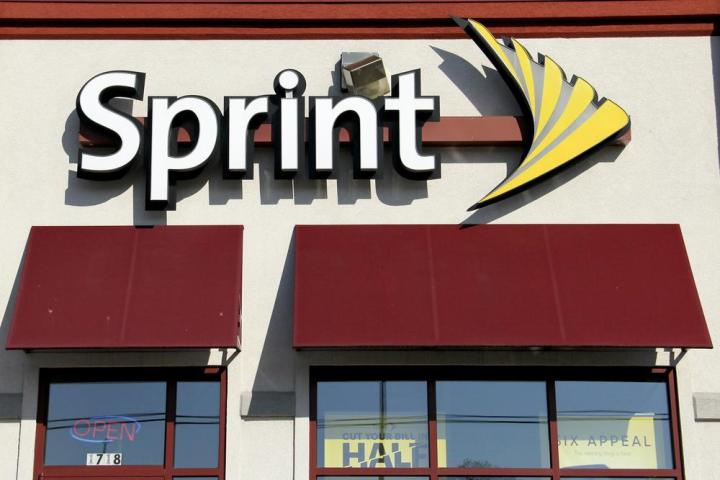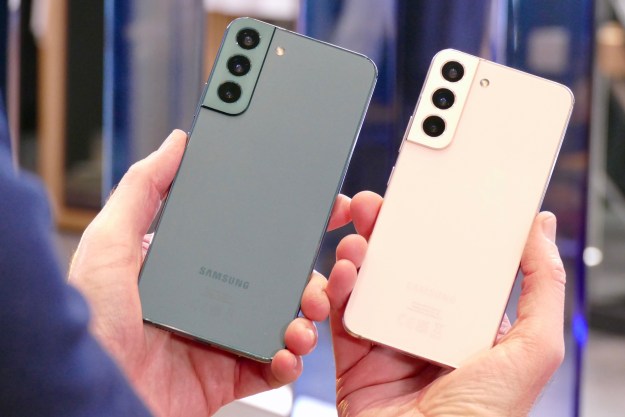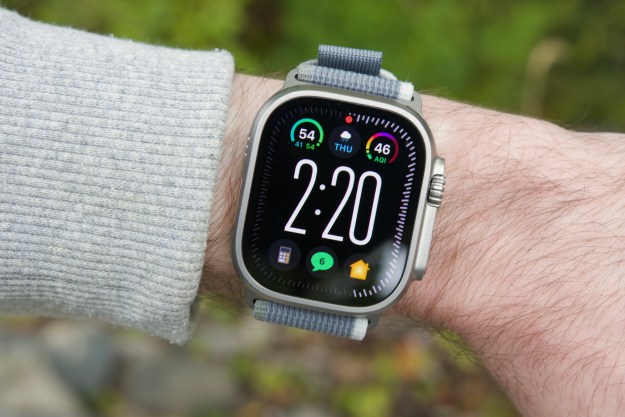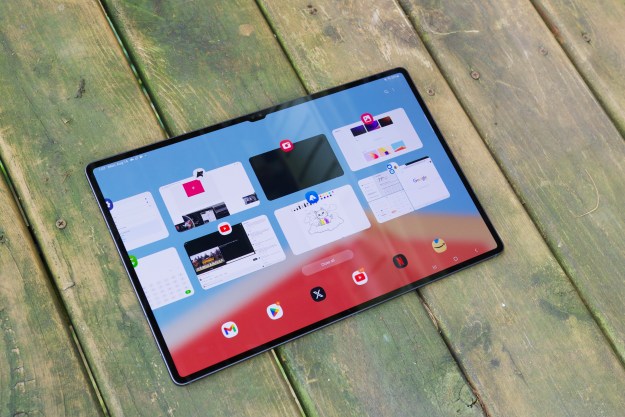
The company has now finalized that plan and it hopes the overhaul will save up to $1 billion, according to Re/code. The plan will see Sprint relocating its radio equipment beginning in June or July to government-owned properties, which is cheaper than its current leasing partners Crown Castle and American Tower.
Sprint also pays AT&T and Verizon more than $1 billion, as it depends on their fiber-optic cables to connect to its cell towers. Re/code says the company will attempt to use microwave technology instead of paying its competitors from now on, a practice used by Clearwire, which Sprint now owns. To manage this infrastructure, Sprint could be partnering up with Mobilitie, a private company that installs and manages infrastructure for other carriers’ high-speed networks, according to Re/code.
And it’s not looking good for the company’s employees, who likely have been counting down the days to inevitable layoffs. The cuts will begin taking place on January 22 and will likely be complete by January 30, according to Re/code, as the company wants its employees to be able to get good severance pay. The company announced in October that it intends to cut severance pay by 50 percent later in 2016.
In September of 2015, Sprint also said it would sit out the next wireless airwaves auction in March, where the U.S. government will likely buy airwaves from broadcast networks and sell them to wireless carriers.
A source told Re/code that the new initiative, called the Next Generation Network, will be incredibly disruptive and could possibly result in low coverage in areas where Sprint has few customers. Eventually, the carrier wants to use small antennas called mini macros to increase its network capacity.
We aren’t able to verify this information, and Sprint did not respond to our comment requests. We’ll update this post when we receive more information.


